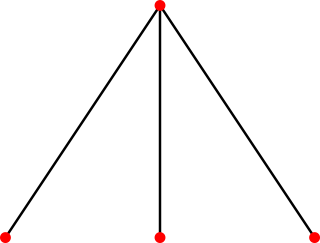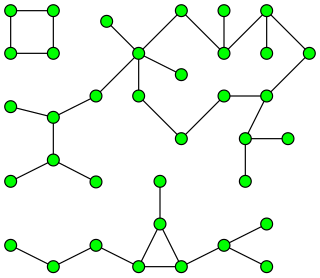In mathematics, a graph polynomial is a graph invariant whose values are polynomials. Invariants of this type are studied in algebraic graph theory. [1] Important graph polynomials include:
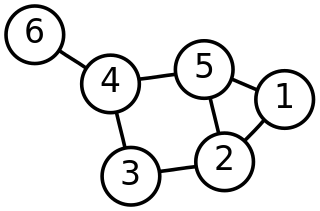
In graph theory, a graph property or graph invariant is a property of graphs that depends only on the abstract structure, not on graph representations such as particular labellings or drawings of the graph.
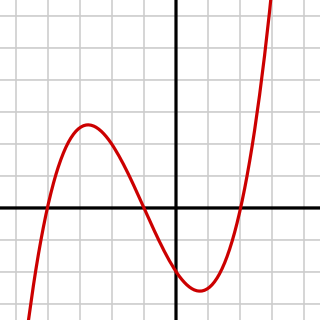
In mathematics, a polynomial is an expression consisting of variables and coefficients, that involves only the operations of addition, subtraction, multiplication, and non-negative integer exponents of variables. An example of a polynomial of a single indeterminate, x, is x2 − 4x + 7. An example in three variables is x3 + 2xyz2 − yz + 1.
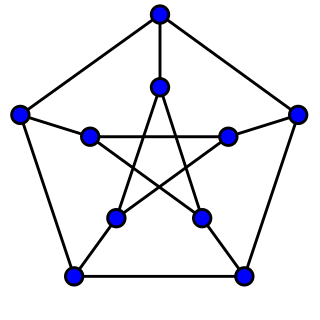
Algebraic graph theory is a branch of mathematics in which algebraic methods are applied to problems about graphs. This is in contrast to geometric, combinatoric, or algorithmic approaches. There are three main branches of algebraic graph theory, involving the use of linear algebra, the use of group theory, and the study of graph invariants.
- The characteristic polynomial, based on the graph's adjacency matrix.
- The chromatic polynomial, a polynomial whose values at integer arguments give the number of colorings of the graph with that many colors.
- The dichromatic polynomial, a 2-variable generalization of the chromatic polynomial
- The flow polynomial, a polynomial whose values at integer arguments give the number of nowhere-zero flows with integer flow amounts modulo the argument.
- The (inverse of the) Ihara zeta function, defined as a product of binomial terms corresponding to certain closed walks in a graph.
- The Martin polynomial, used by Pierre Martin to study Euler tours
- The matching polynomials, several different polynomials defined as the generating function of the matchings of a graph.
- The reliability polynomial, a polynomial that describes the probability of remaining connected after independent edge failures
- The Tutte polynomial, a polynomial in two variables that can be defined (after a small change of variables) as the generating function of the numbers of connected components of induced subgraphs of the given graph, parameterized by the number of vertices in the subgraph.
In linear algebra, the characteristic polynomial of a square matrix is a polynomial which is invariant under matrix similarity and has the eigenvalues as roots. It has the determinant and the trace of the matrix as coefficients. The characteristic polynomial of an endomorphism of vector spaces of finite dimension is the characteristic polynomial of the matrix of the endomorphism over any base; it does not depend on the choice of a basis. The characteristic equation is the equation obtained by equating to zero the characteristic polynomial.
In graph theory and computer science, an adjacency matrix is a square matrix used to represent a finite graph. The elements of the matrix indicate whether pairs of vertices are adjacent or not in the graph.

The chromatic polynomial is a graph polynomial studied in algebraic graph theory, a branch of mathematics. It counts the number of graph colorings as a function of the number of colors and was originally defined by George David Birkhoff to attack the four color problem. It was generalised to the Tutte polynomial by Hassler Whitney and W. T. Tutte, linking it to the Potts model of statistical physics.




